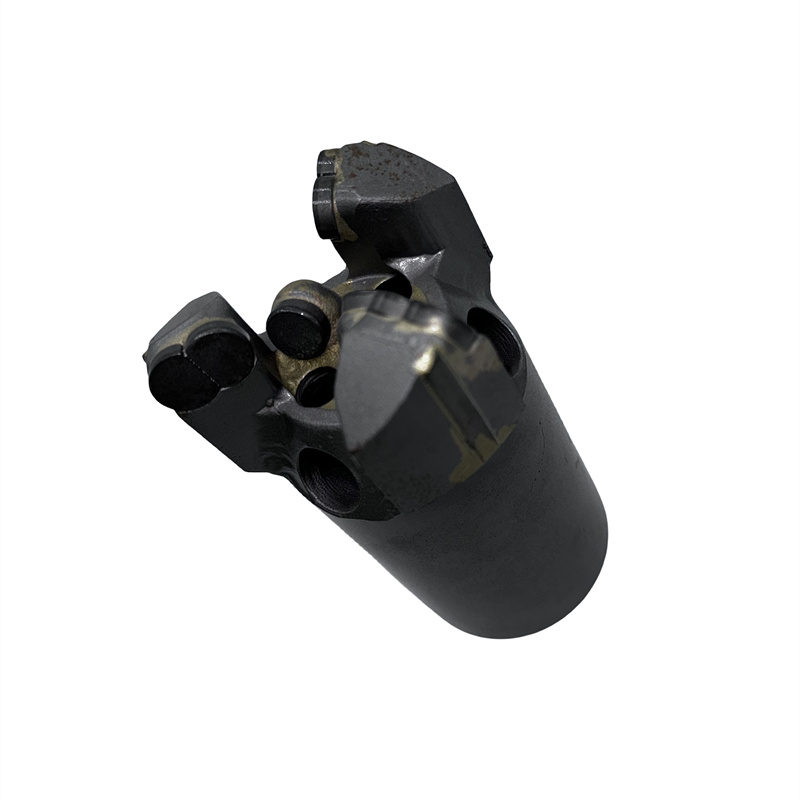what are the differences between different water well drilling bits
The color of a water well drill bit does not directly reflect its quality or performance. The color of a drill bit is mainly determined by its surface treatment or coating, and different surface treatments or coatings are used to adapt to different working environments and improve the service life of the drill bit. Although we cannot judge whether a drill bit is good or bad based on its color alone, the color can be used as a reference for us to understand the characteristics of the drill bit.
Below are some common drill colors and their corresponding surface treatments or coatings, as well as their possible applications:
Black: Usually uncoated or black oxidized HSS bits. The black oxide treatment improves the wear and corrosion resistance of the bit, but the effect is relatively limited. These bits are the most common and relatively inexpensive, and are suitable for drilling softer materials such as wood, plastics and aluminum alloys.
Gold/Brass: Usually titanium nitride (TiN) coated bits. Titanium Nitride coating has high hardness and good abrasion resistance, which can improve the cutting speed and service life of the drill, and is suitable for processing harder materials such as steel and cast iron. These drills are a cost-effective choice.
Bronze/Bronze: Possibly Titanium Carbide Nitride (TiCN) coated or Titanium Aluminum Titanium Nitride (TiAlN) coated drills. These coatings are harder, more wear-resistant, and more temperature-resistant than titanium nitride coatings, and are suitable for higher cutting speeds and harsher working environments, such as machining stainless steel, high-temperature alloys, and other difficult-to-machine materials. These drills are more expensive.
Silver/White: Usually uncoated HSS drills, or stainless steel drills. Uncoated drills are suitable for processing softer materials, while stainless steel drills have better corrosion resistance and are suitable for wet environments or occasions where rust prevention is required.

Summary:
Different colors of water well drill bits usually represent different surface treatments or coatings, which are designed to adapt to different working environments and to improve the service life of the bits. When choosing a water well drill bit, you can't just rely on the color to judge its quality, but more importantly, you should pay attention to the material, type, size and connection method of the drill bit and choose it according to the actual drilling needs.
If you need the right water well drill bits, click the link below to contact our professional team.
Contact us